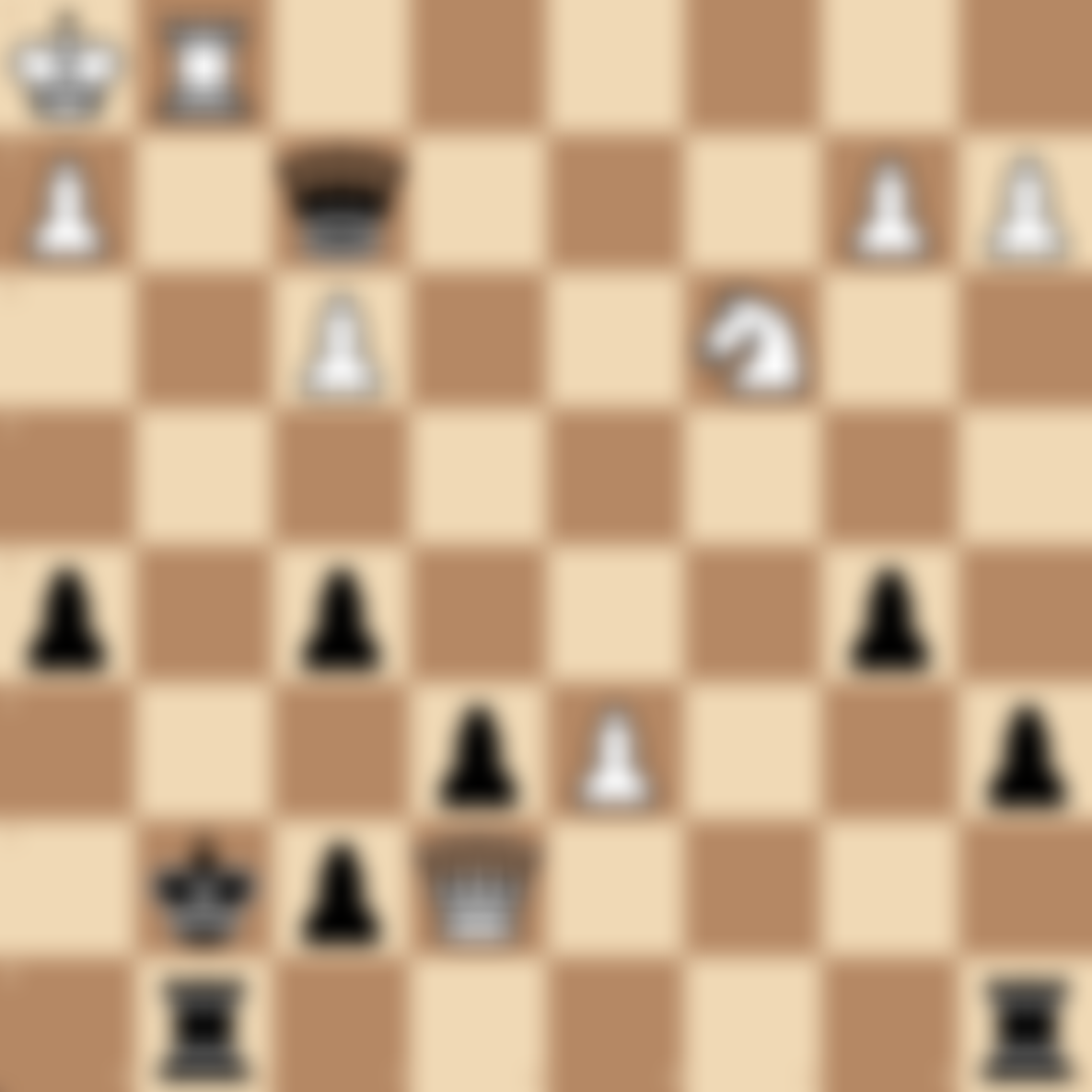Two Rooks Checkmate in Chess: The Power of Cooperation
Introduction
The Two Rooks Checkmate is a fundamental and powerful endgame technique in chess. At chesspuzzles.io, we've compiled this comprehensive guide to help you understand, recognize, and execute this essential mating pattern, enhancing your endgame skills and overall chess strategy.
What is the Two Rooks Checkmate?
The Two Rooks Checkmate is a checkmate pattern where two rooks, working together and supported by their king, force the enemy king to the edge of the board and deliver checkmate. This endgame scenario typically occurs when one side has two rooks and a king, while the other side has only a king or minimal material.
Importance of Understanding the Two Rooks Checkmate
Mastering this checkmate is crucial for several reasons:
- Endgame proficiency: It's a fundamental endgame technique that every chess player should know.
- Efficiency: Two rooks can deliver checkmate quickly and efficiently.
- Tactical awareness: Learning this mate improves overall board vision and piece coordination.
- Strategic decision-making: Understanding this endgame influences middlegame decisions about piece trades.
- Foundation for complex endgames: The principles learned here apply to more complex rook endgames.
Key Concepts in the Two Rooks Checkmate
- Cooperation: The two rooks must work together to restrict the enemy king's movement.
- King confinement: Gradually reducing the enemy king's available squares is key.
- Ladder checkmate: A common pattern where the rooks form a "ladder" to push the king to the edge.
- Back rank weakness: Exploiting the back rank to deliver checkmate.
- Opposition: Using the attacking king to support the rooks and control key squares.
Steps to Execute the Two Rooks Checkmate
- Coordinate your rooks: Place your rooks on the same rank or file, supporting each other.
- Restrict the king's movement: Use your rooks to control ranks and files, limiting the enemy king's options.
- Push the king to the edge: Gradually force the king towards the edge of the board, typically a side or corner.
- Set up the mating net: Position your rooks to control the escape squares around the enemy king.
- Bring your king forward: Use your king to support the rooks and further restrict the enemy king.
- Deliver checkmate: Place your rooks in a position where the enemy king has no legal moves.
Common Patterns in Two Rooks Checkmate
- The Box Method: Forming a box with your rooks and king to confine the enemy king.
- The Ladder Checkmate: Moving the rooks in a stepwise fashion to push the king to the edge.
- The Back Rank Mate: Using both rooks on the back rank to deliver checkmate.
- The Squeeze: Gradually reducing the enemy king's available squares from all sides.
Avoiding Stalemate
- Always ensure the enemy king has at least one legal move until the final checkmate position.
- Be cautious when the enemy king is near corners, as stalemate opportunities increase.
- Use your king actively to prevent stalemate scenarios.
Famous Games Featuring Two Rooks Checkmate
- Capablanca vs. Bernstein, Moscow 1914
- Fischer vs. Petrosian, Candidates Match 1971, Game 7
- Kasparov vs. Karpov, World Championship Match 1990, Game 20
Practice Two Rooks Checkmate Puzzles
Enhance your ability to execute the Two Rooks Checkmate with our carefully curated collection of puzzles:
Try our Two Rooks Checkmate Puzzles on chesspuzzles.io now
These challenging puzzles are designed to improve your technique and understanding of positions leading to the Two Rooks Checkmate.
FAQs
Q: How many moves does it typically take to checkmate with two rooks? A: With perfect play, two rooks can deliver checkmate in at most 16 moves from any starting position. However, it's often much quicker, especially if the defending king is already near the edge.
Q: Can two rooks always checkmate a lone king? A: Yes, two rooks can always checkmate a lone king, barring any stalemate tricks. It's one of the most reliable and quick mates in chess.
Q: Is it better to keep the rooks on the same rank/file or separate them? A: Generally, keeping the rooks on the same rank or file is more efficient as they support each other. However, sometimes separating them can be useful to cut off the king's escape routes.
Q: How does the Two Rooks Checkmate compare to other basic checkmates? A: The Two Rooks Checkmate is generally considered easier and faster to execute compared to checkmates with lesser material, such as king and queen vs king, or two bishops vs king.
Q: Are there any similar endgames I should study alongside the Two Rooks Checkmate? A: Yes, studying single rook endgames, rook and pawn endgames, and queen endgames can complement your understanding of how to use major pieces in the endgame.
Master the Two Rooks Checkmate to solidify your endgame technique and harness the power of your rooks! Ready to practice? Try our Two Rooks Checkmate Puzzles on chesspuzzles.io now and learn how to coordinate your rooks for a swift and decisive victory!
